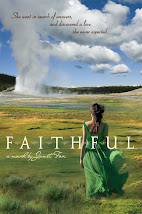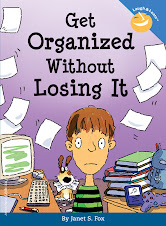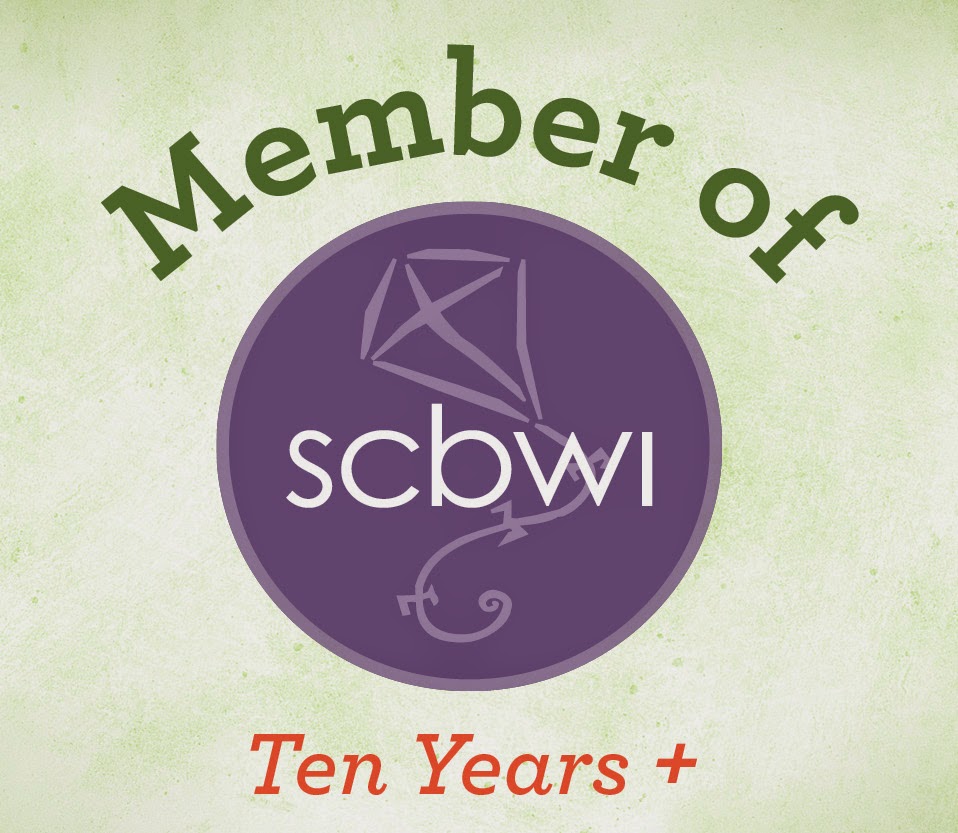What I would've given for a copy of this book when I was young! Michele Corriel has written a truly fun exploration of some of the weirder rocks on the planet. Today she's here with a guest post, plus she's giving away one copy of WEIRD ROCKS. It would be a great addition to any library. All you need to do is comment and I'll put you in my random giveaway generator!
 Sometimes
it’s easy to think of a non-fiction picture book (or any non-fiction book) as a
way to get information across to young readers. But for me, it’s much more than
that. It’s an opportunity to understand language. It’s a new door opening for a
poetic perspective. A new inlet to creativity.
Sometimes
it’s easy to think of a non-fiction picture book (or any non-fiction book) as a
way to get information across to young readers. But for me, it’s much more than
that. It’s an opportunity to understand language. It’s a new door opening for a
poetic perspective. A new inlet to creativity.
For example,
you can’t say the “obsidian black sky” before you know what obsidian is. You
can’t say “the granite feeling of winter” without knowing how old and stubborn
granite can be.
There is
also something empowering about being able to name things. (Think about
Voldemort and how by never saying his name everyone became even more afraid.)
For me, non-fiction is more empowering than the Hallow's elder
wand.
So when I’m
sitting down to write a non-fiction picture book, I think very hard about the
words I’m using and how to embracing the language in a way that can open the
door for young readers to use those words and to understand the concepts, not
just in the scientific way, but in a poetic way as well.
In the same
way, non-fiction books can used in the classroom as a means to seeing
vocabulary not only as definitions but to hear how melodic words can be, how
close beauty is to an idea. And, of course, as a way of avoiding the dreaded
clichés.
Another way to
use non-fiction for creative writing is to use the old “what if” scenario. What
If the continents never drifted apart? What kind of world would we live in?
Would we be a single country?
I also like
to try to think out of the box when I approach a subject that has the
potential to be very dry. I try to come up with a new way to introduce the
reader to something as boring as, say, a simple rock. For every rock we come
across there is a history as ancient the earth itself. Sometimes, even
older (I’m thinking of meteorites). I think of star dust and mysteries. I think
of cities destroyed by volcanoes. Or inland oceans whose only signature is the
fossils they left behind.
Besides the
words themselves, besides the story behind the subject, there are the people
whose lives are dedicated to sorting out a single question.
The world is
such a fascinating place, and it is the job of the non-fiction writer to get
that point that across to the reader.
Check out the WEIRD ROCKS trailer, and then comment to win a copy!
Check out the WEIRD ROCKS trailer, and then comment to win a copy!























































